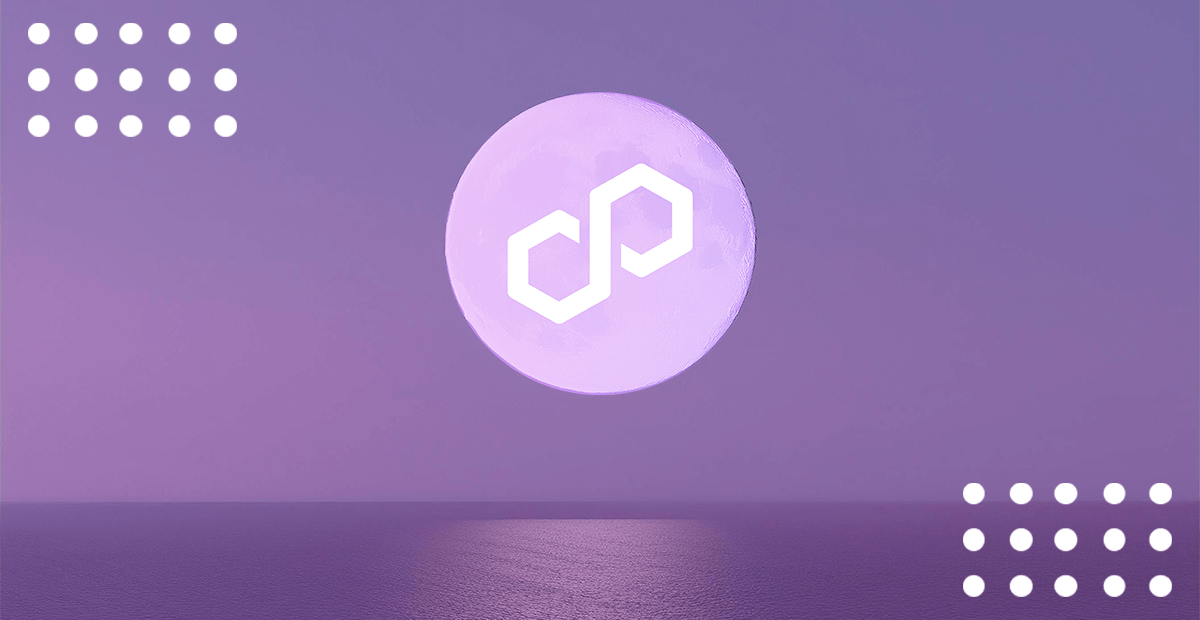Polygon's Layer 2 Solutions: Miden, Plasma, and AggLayer Explained



Polygon is a major contributor to Ethereum scalability solutions and presents multiple Layer 2 options that will help manage network congestion while increasing transaction speeds and reducing costs.
This article will assess the Layer 2 scaling technologies of Polygon—Plasma, AggLayer, and Miden—in terms of architecture, performance, security tradeoffs, real-world use cases, and how developers can integrate them with Tatum’s API.
Layer 2 (or for the sake of the article, L2) solutions are built on top of Ethereum to improve scalability while maintaining the security of the mainnet. Instead of executing every transaction directly on Ethereum, L2 solutions batch or process transactions off-chain and periodically commit them back to Ethereum.
Contrary to popular belief, not every secondary layer of a well-known blockchain has the same goal, such as reducing fees. Polygon’s L2 solutions aim to:
Polygon has developed multiple secondary layers, each with different architectures and trade-offs. Let’s look at their unique approaches in key areas.
[.c-wr-center][.button-black]Get Started[.button-black][.c-wr-center]
Since Layer 2 solutions operate off-chain, users need a bridge to move assets between Ethereum and Polygon. We have already covered how bridges are the most vulnerable parts of many ecosystems; hence, this topic is very important.
The bridge mechanism depends on the type of L2 used:
Previous bridge security incidents:
Notable limitations between particular L2s and the Polygon main chain:
[.c-box-wrapper][.c-box][.c-text-center]You might be interested in: From Single to Multi-Chain: A Necessary Change for the Next Gen of Web3 Apps[.c-text-center][.c-box][.c-box-wrapper]
How does Plasma work? It is an off-chain scaling solution that creates “child” chains running parallel to Ethereum. Ensuring data integrity while keeping most transactions off-chain, these chains periodically submit checkpoints to Ethereum.
Plasma relies on:
However, its seven-day withdrawal period due to fraud-proof mechanisms makes it less ideal for real-time applications like DeFi.
[.c-box-wrapper][.c-box][.c-text-center]You might be interested in: Smart Contracts: The Backbone of Decentralized Applications[.c-text-center][.c-box][.c-box-wrapper]
It supports different Layer 2 chains in communication without traditional bridges, which, as we discussed, aren’t completely secure.
Unlike previous solutions that operate in silos (each functioning independently with limited interoperability), AggLayer connects rollups and sidechains into a unified ecosystem.
AggLayer has been under development for quite some time, introducing initial testnet deployments in 2024, with a mainnet launch anticipated in the first half of 2025, although that could very well change. The boss behind Polygon, Polygon Labs, has not yet provided official TPS benchmarks, but AggLayer is designed to enhance cross-chain liquidity and execution speeds significantly.
AggLayer will introduce shared liquidity and composability between L2s. This is achieved by:
[.c-box-wrapper][.c-box][.c-text-center]You might be interested in: Blockchain Interoperability: The Deep Dive[.c-text-center][.c-box][.c-box-wrapper]
Real-World Use Cases for AggLayer:
Miden has a special kind of ZK virtual machine (ZK-VM), which is not exactly the same as the rollups used by other chains like Plasma.
Unlike standard ZK-rollups, Miden features a ZK virtual machine (ZK-VM). Here’s what makes it different:
On Miden, developers can execute fully programmable smart contracts with privacy and scalability.
Miden is designed to assist with Ethereum development tools, like Hardhat, Foundry and Remix, making it easy for developers to switch to Miden without having to overhaul their development process.
[.c-box-wrapper][.c-box][.c-text-center]You might be interested in: Ethereum Pectra: What You Need to Know About the Newest Ethereum Upgrade[.c-text-center][.c-box][.c-box-wrapper]
As you know, the eth_sendRawTransaction method is used to broadcast a signed transaction to the Ethereum network. This is a fundamental operation for all Ethereum-compatible solutions:
const response = await fetch('https://api.tatum.io/v3/blockchain/transaction', {
method: 'POST',
headers: {
'x-api-key': 'YOUR_TATUM_API_KEY',
'Content-Type': 'application/json'
},
body: JSON.stringify({
chain: 'POLYGON',
txData: '0x0000.......'
})
})
const result = await response.json()
console.log(result)
If you need more help with code, you can look at these places:
Polygon’s Layer 2 future kinda rides on whether AggLayer actually delivers. It’s supposed to fix the whole "too many chains, too little cohesion" problem by making everything feel like one unified experience. If it works, that could finally pull users back and make Polygon relevant again in a meaningful way.
And while we're at it—keep an eye on Miden. It’s not exactly dev-friendly, but with gas fees that low, it might be where serious dApps end up scaling.
[.c-wr-center][.button-black]Start Now[.button-black][.c-wr-center]
Build blockchain apps faster with a unified framework for 60+ blockchain protocols.